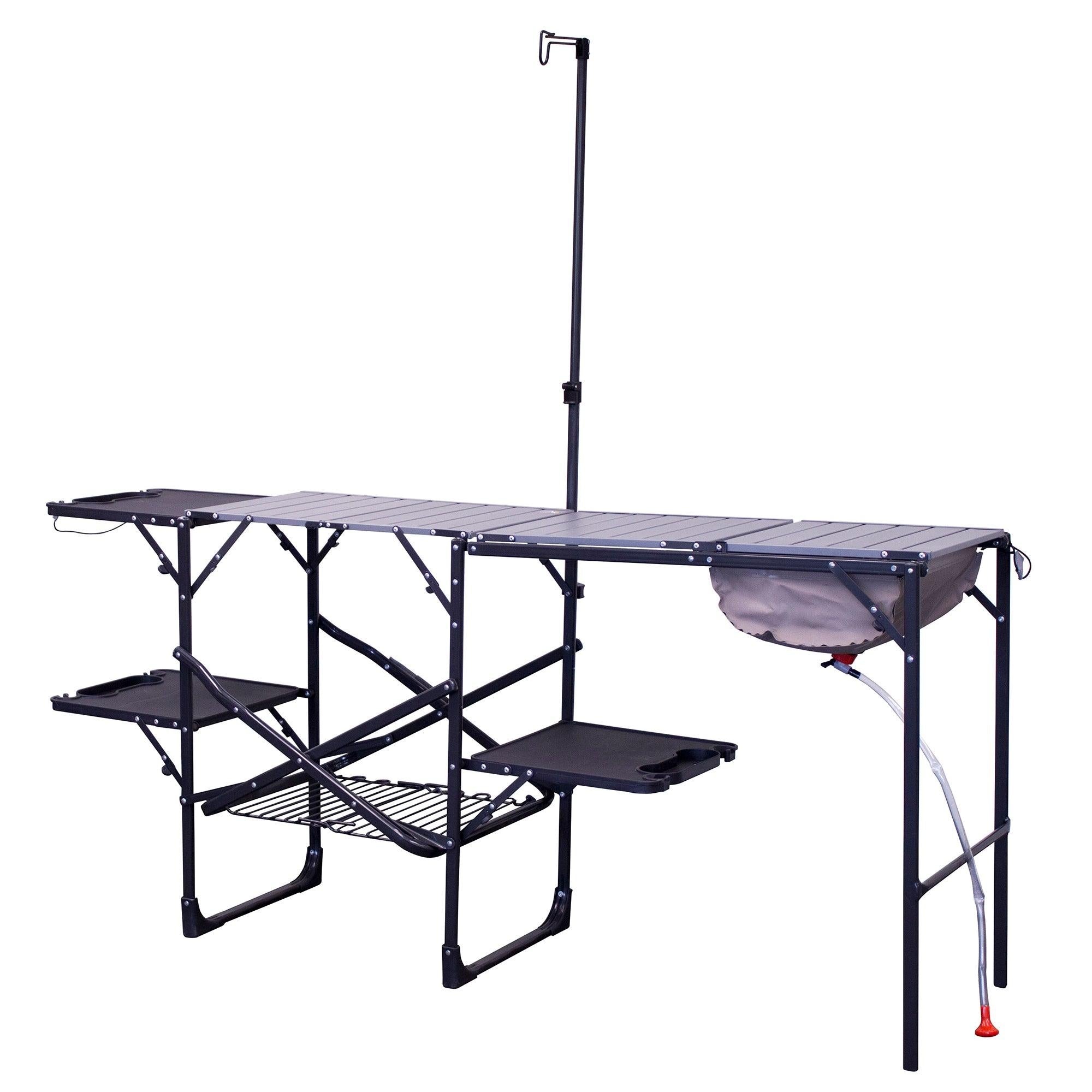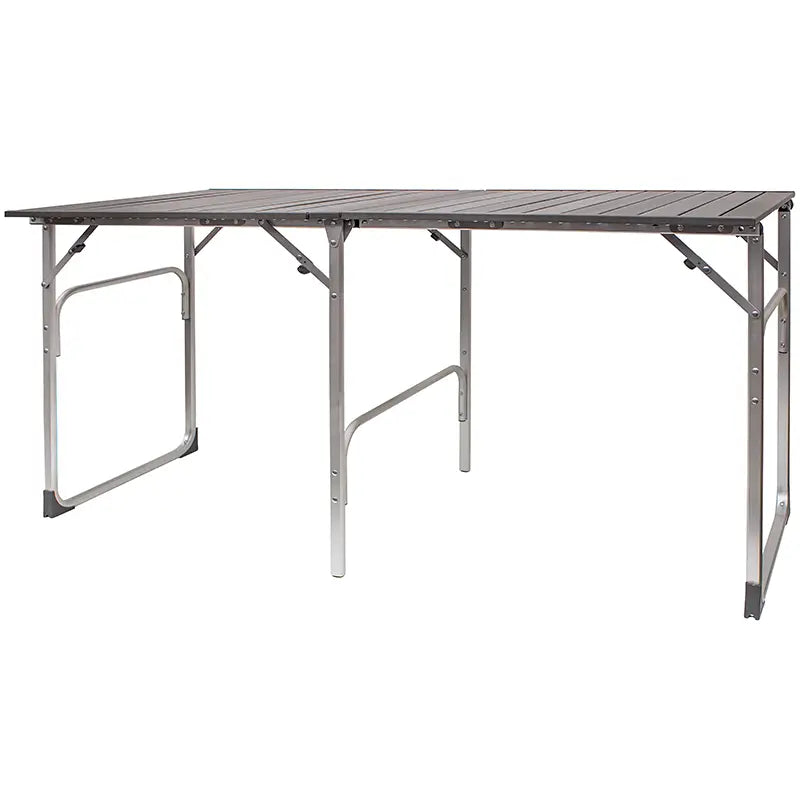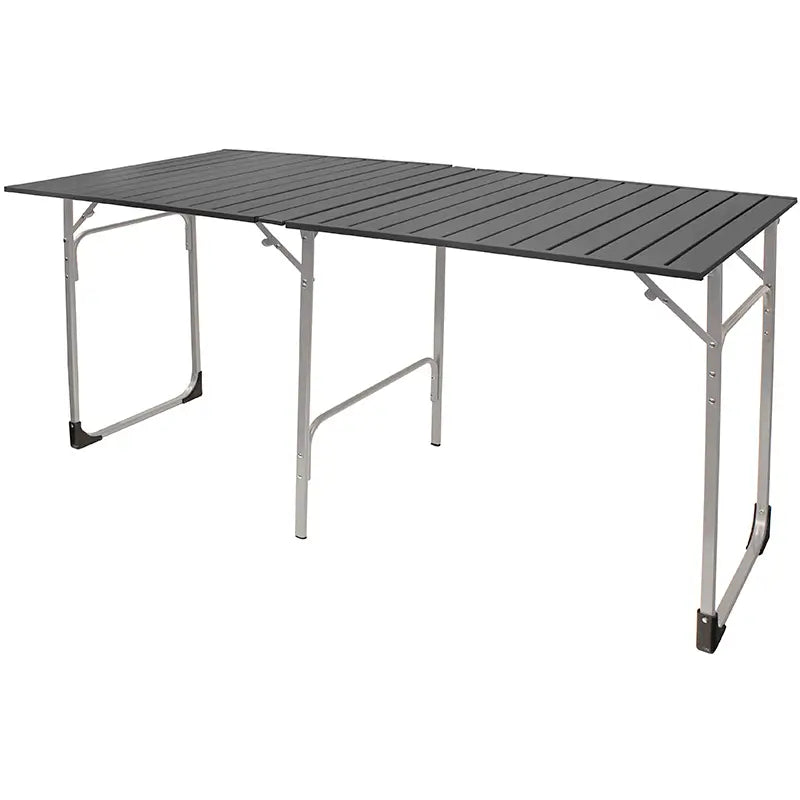Sequoia National Park is known for being home to the largest recorded tree in the world. This is the perfect spot to pitch your tent beneath massive old-growth trees and experience the beauty of the Sierra Nevada Mountains.

Sequoia National Park is the ultimate forest excursion. Several campgrounds offer the opportunity to sleep in a grove of giant sequoias. Beyond the old-growth, Sequoia doesn't have a wildlife population. It is best known for hiking, backpacking, and camping.
Other attractions include novelty trees like the Tunnel Log, a massive old-growth that has a car-sized tunnel cut through it. The park also has a cave tour, a variety of fishing areas, and rock climbing areas, although most of these require trad gear and a special use permit.

Sequoia is not far from Yosemite and is sometimes confused with Redwood National and State Parks farther up the California coast. Sequoia is in the southern part of the state, however, and inland near the Sierra Nevada mountain range. The park itself is a reasonable distance from L.A., Phoenix and Las Vegas so it gets plenty of visitors each year, mainly in summer.
To enjoy this area, finding decent lodging within the park is a must and camping is the best option. Sequoia National Park camping requires reservations through the National Park Service far (up to six months) in advance. The park is in the same territory as Kings Canyon, and together they offer five regions for camping, each with several campgrounds. These include Grant Grove, Cedar Grove, Foothills, Mineral King and Lodgepole campgrounds and each has its own flavor.
Each park region has its own visitor center and since distances within Sequoia are substantial, many people choose one region and explore from there.
Camping here is pleasant during most seasons, and some visit the park in winter to get a taste of deep snow. In summer, the high elevation makes for temperate days and nights in the 40s or 50s. Several of the campgrounds are situated along rivers and a few are within glades of giant sequoia trees. Like most NPS parks, there are designated “tent only” sites.
Campground permits and regulations are found on the NPS website, and include precautions about bears and other wildlife. No roadside camping is permitted anywhere in the park, but there are day use sites for a picnic or short hike. Group camping is permitted here. Many sites throughout the park have flush toilets and some have small markets and hot showers. This is a national park that truly has a huge range and variety of campgrounds; there is one for every family’s perfect camping vacation.

If you choose to camp here you’ll want to carry the usual camp provisions, like an outdoor recliner chair, cooler and kitchen supplies. Life high in the trees can be hard to spot, so a pair of binoculars is a valuable piece of gear. The weather can be extreme in winter, but this park is open 365 days per year and most of the campgrounds stay open unless road closure restrictions apply.
A trip to Sequoia means checking out the different regions and finding a tent or RV site to suit your needs; the park is so large that with advanced planning you’ll have no trouble finding a spot to set up your folding camping chairs and tables among the living giants of the forest.









